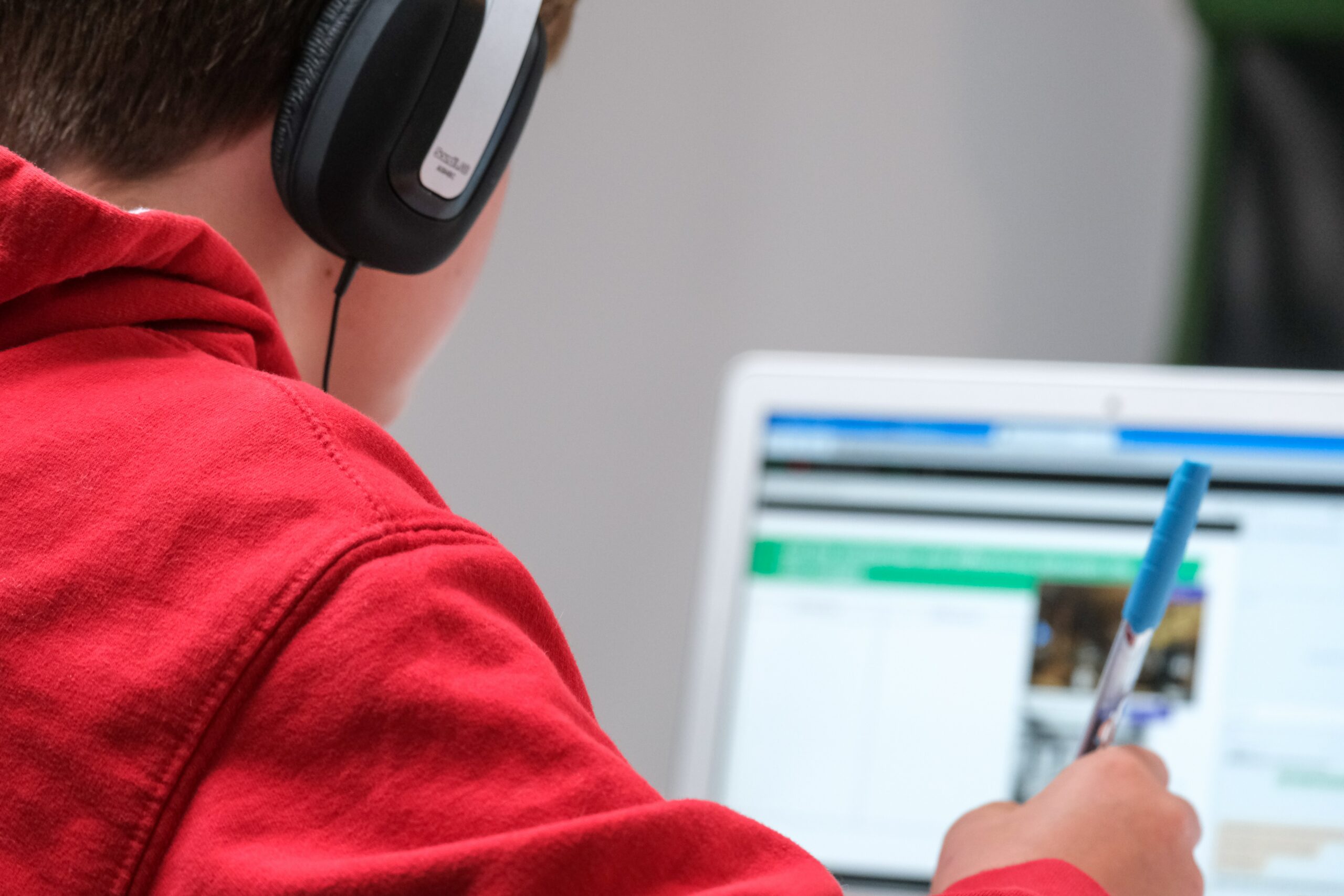McKinsey & Co., an elite consulting firm, published a report last month focused on technology and efficiency in education. The report estimates that the 50 hours that a typical teacher currently works a week could be reduced by 20 to 40 percent through the use of existing technology. The report shows that technology can be used to help teachers in planning lessons, assessing students, grading homework, giving feedback, and performing administrative paperwork. This frees up their time and energy, allowing them to focus on other responsibilities and resist burnout.
As seasoned educators, we know that none of technology’s benefits can replace the human impact that is so necessary to transformative instruction. A great educator inspires students, builds positive environments, creates connections, and mentors students. Technology simply cannot accomplish this in the same way a human being can. Rather than replace, technology should enhance education. Technology’s ability to increase efficiency means educators can focus on creating an environment that inspires and supports.
We, at Streamline, focus all of our efforts on one-on-one tutoring and developing the technology to make the most of our sessions. As educators, we’ve been ahead of the curve in incorporating new technology into our curriculum. We’ve seen first hand the immense impact that technology has had on our practice.
Our students know we waste no time in session grading tests— we have SmartyBubble, our digital bubble sheet for that. We waste no time finding practice problems that target our students’ weaknesses— SmartyPrep, our gamified test prep app, has an algorithm to handle that. We waste no time rescheduling sessions when it snows or something last minute comes up— we do virtual sessions via Skype or Google Hangouts instead.
Our dedication to keeping up with changing times is perhaps best exemplified by our new pay-for-points packages. You can read more about this offering, here. These virtual, point-based packages provide the best of both worlds— effective technological innovation with inherent efficiency, and the human influence that makes one-on-one tutoring transformative.





0 Comments